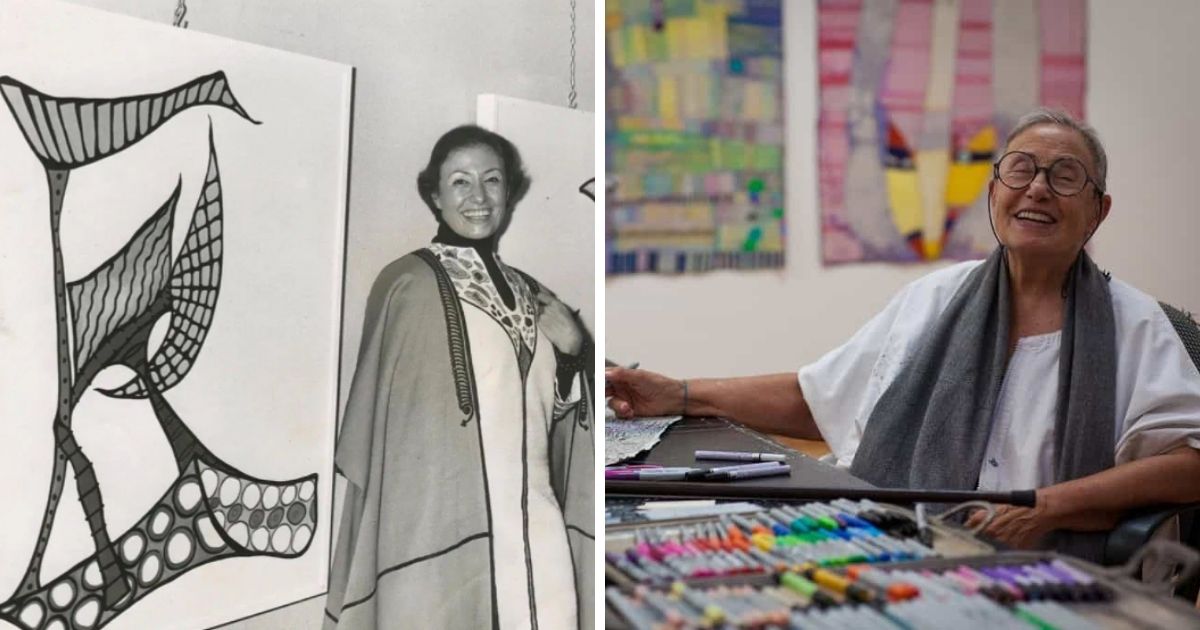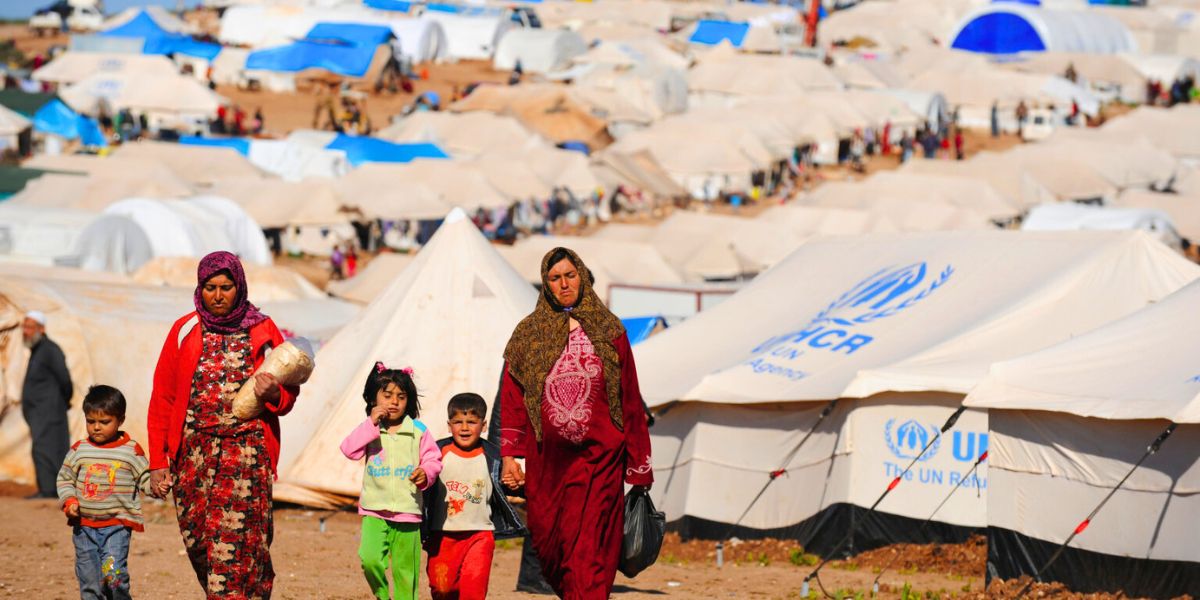Huguette Caland is an important figure in recent art history, in Lebanon and the world. Over 2 years after her passing, she still hails as one of the most notable artists by galleries and art critics and still inspires many artists and art professors who are teaching her method around the world.
Born in Beirut in 1931, Huguette Caland proved to be a woman of free spirit, free expression, and strong will, generating bold and daring arts. Her rise coincides with her representation of women’s bodies and Lebanon’s political instability.
After a lifetime of successes, her reputation spiked in her final years, during which she was celebrated in the “Made in L.A.” Biennial in 2016, the Venice Biennale in 2017, and at the Tate St. Ives and the Sharjah Biennial in 2019.

Caland was a painter, sculptor, and designer, reflecting on her elegance, glamour, and free spirit, along with a hint of eroticism present in her paintings and drawings.
Mainly, Huguette’s life story contains many important figures from Lebanon’s political scene. She was the only child of Bechara El Khoury (1890-1964) who served as the first president of the Lebanese Republic (1943-1952) and also served earlier as Prime Minister twice in 1927-1928 and in 1929.
In 1952, the year her father gave up the presidency, Huguette married Paul Caland, a young Lebanese-French lawyer and nephew of journalist Georges Naccache who founded the French daily L’Orient in the early 1920s.
The fact that Naccach was a fierce critic of her father, the president, didn’t deter Huguette from marrying his nephew, which reflects her free spirit and strong will.
Huguette became a mother of three and ended divorcing in the 1970s.
Influenced by art in 1960, after her father’s death in 1964, she decided to study art at the American University of Beirut (AUB) and opened a personal studio on her family’s estate.

After her divorce, the artist was inspired to create more pieces of art and designs, especially “Nour”, a line of Kaftans in Paris, which she created with the help of the famous fashion designer Pierre Cardin.

In the late 1980s, Huguette moved to California, where she wanted to build a luxurious “chateau fort,” constructed with no interior walls.
The prominent artist in the Lebanese and international scene founded INAASH, a United Nations NGO, in 1969, aiming to help Palestinian women living in refugee camps in Lebanon and teach them the art of traditional embroidery and sell it.
Huguette Caland was the inspiration behind the film Letters to Huguette, by the Lebanese photographer Fouad Elkoury, showcasing interviews of Huguette talking about her art and images of the nationwide protests in 2019 and the pandemic.
Huguette Caland died in 2019, leaving her mark in the world and a portfolio filled with Levantine modernistic art and erotic paintings evoking themes of sensuality, and the basic human desire for intimacy.
Caland was certainly a fascinating artist, living in her world while embracing sensual desires, creativity, and feminism.

















